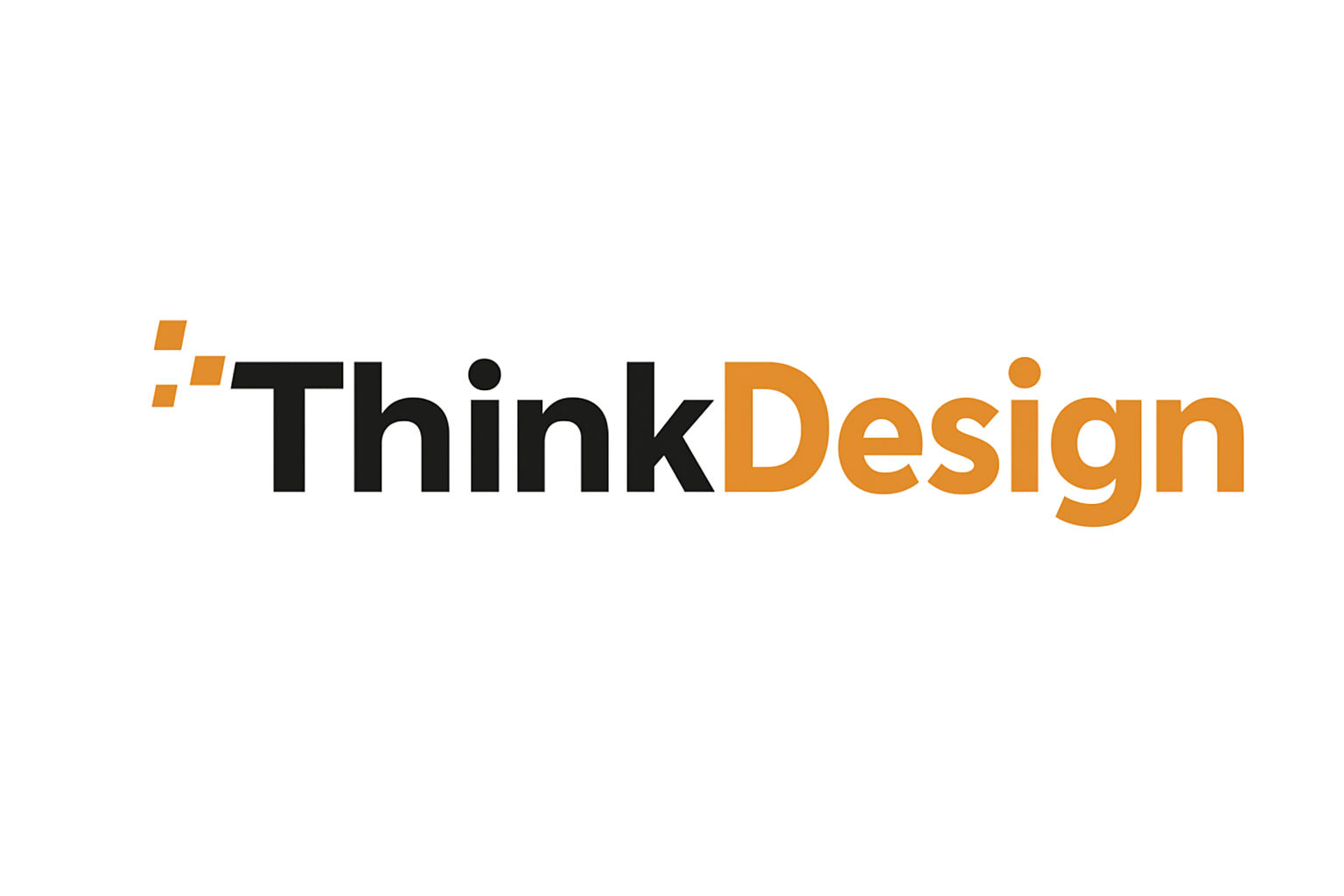Why WordPress in 2025?
Before diving into the process, let me explain why I recommend WordPress above other options. WordPress powers over 40% of the internet, and in 2025, it’s even more beginner-friendly with block-based editing, AI-assisted plugins, and endless customization options. The beauty is that you don’t need to know a single line of code to create a professional-looking site.
Step 1: Define Your Website Goals
Ask yourself: what do you want your site to achieve? Are you building an online resume, a portfolio, a personal blog, or maybe a mix of all three? Setting clear goals helps you choose the right design and structure.
- Example goals: Showcase design work, share articles, build an email list, or attract freelance clients.
- Pro tip: Write down your “must-haves” before you even pick a theme.
Step 2: Choose a Domain and Hosting
Your domain is your online identity. Keep it simple, memorable, and preferably your own name. In 2025, most hosting providers offer one-click WordPress installations and AI-optimized speed settings.
- Domain example: yourname.com
- Hosting options: Bluehost, SiteGround, Hostinger, or managed WordPress hosting from WP Engine.
Step 3: Install WordPress
Most hosting dashboards now give you a one-click install for WordPress. Within minutes, your site is live with a default theme. Don’t worry about design yet—this is just the foundation.
Step 4: Pick the Right Theme
WordPress themes control the look and feel of your website. In 2025, lightweight block-based themes like Astra, GeneratePress, or Kadence dominate because they’re fast and customizable.
- Portfolio site: Sleek, minimalist themes.
- Personal blog: Clean themes with good typography.
- Resume/CV: One-page themes that highlight skills and experience.
Step 5: Customize with the Block Editor
The Gutenberg block editor is your best friend. You can drag and drop blocks to add text, images, videos, galleries, and call-to-action buttons. It’s like playing with Lego—except you’re building your brand.
- Example: Create a hero section with your photo, headline, and a short introduction.
- Pro tip: Use pre-built block patterns to speed up design.
Step 6: Install Essential Plugins
Plugins extend the functionality of your WordPress site. Here are my must-haves for 2025:
- Yoast SEO or Rank Math: Optimize your site for search engines.
- Elementor or Spectra: Drag-and-drop page builders for advanced layouts.
- WPForms: Add a simple contact form in minutes.
- UpdraftPlus: Backups to keep your site safe.
- AI Writing Tools: WordPress now integrates AI assistants to help draft posts.
Step 7: Create Core Pages
Every personal website should have a few essentials. Here’s what I always include:
- Home: A short intro, your photo, and what you do.
- About: Your story, mission, and a bit of personality.
- Portfolio/Work: Projects, case studies, or samples of what you do best.
- Blog: Optional, but a great way to showcase expertise.
- Contact: Simple form, email, or social media links.
Step 8: Optimize for Mobile
Most visitors will check your site from their phone. That’s why responsive design is non-negotiable. Luckily, modern WordPress themes are mobile-friendly out of the box, but always preview your site on different screen sizes before launch.
Step 9: Add Performance and Security Features
Nothing kills first impressions like a slow or unsafe website. In 2025, speed and security are easier than ever to set up.
- Performance: Use caching plugins (like WP Rocket) and CDNs (like Cloudflare).
- Security: Add Wordfence or Sucuri for malware protection and firewall defense.
Step 10: Launch and Promote
Once you’ve polished the design and tested everything, it’s time to go live. Share your site on LinkedIn, Twitter, and email. Use your website as your digital hub, linking it everywhere you have an online presence.
- Pro tip: Collect emails from day one—it’s your direct line to your audience.
Comparison Table – Key WordPress Tools for 2025
| Category | Top Options | Why It Matters |
|---|---|---|
| Themes | Astra, Kadence, GeneratePress | Lightweight and customizable |
| Page Builders | Elementor, Spectra | Drag-and-drop design freedom |
| SEO | Yoast, Rank Math | Boosts visibility in search engines |
| Security | Wordfence, Sucuri | Protects your site from threats |
| Backup | UpdraftPlus | Ensures recovery if anything goes wrong |
Final Thoughts
Learning how to build a personal website with WordPress in 2025 is more empowering than ever. You don’t need to be a developer—you just need the right tools and a clear plan. From picking your domain to customizing themes and installing plugins, every step brings you closer to owning your digital identity. So, if you’ve been putting it off, let this be your sign: your personal website isn’t just possible—it’s waiting for you to hit publish.


